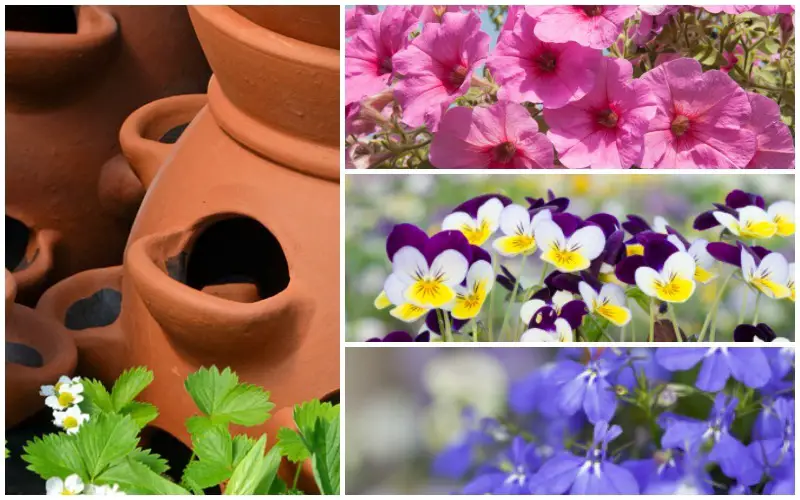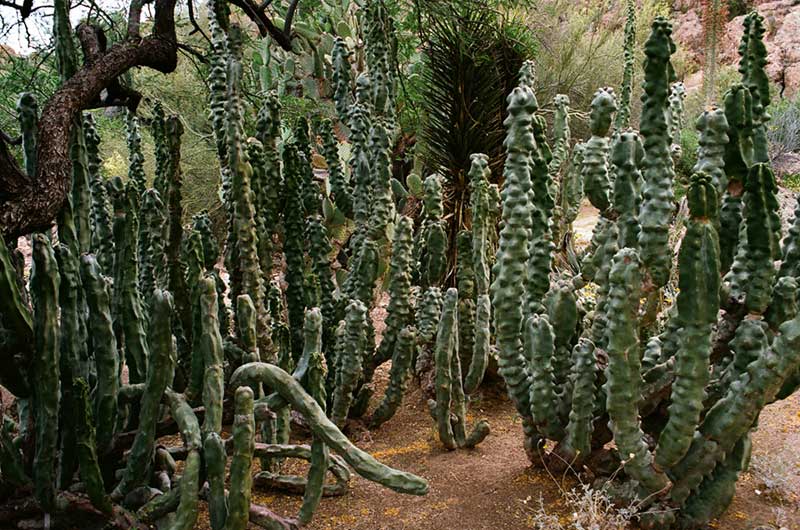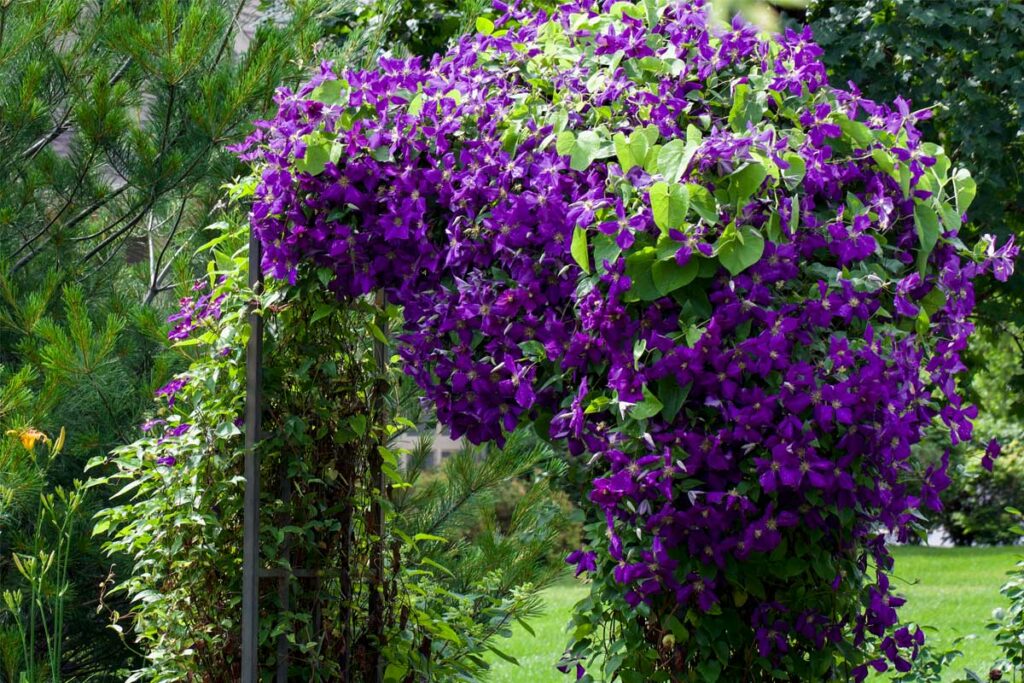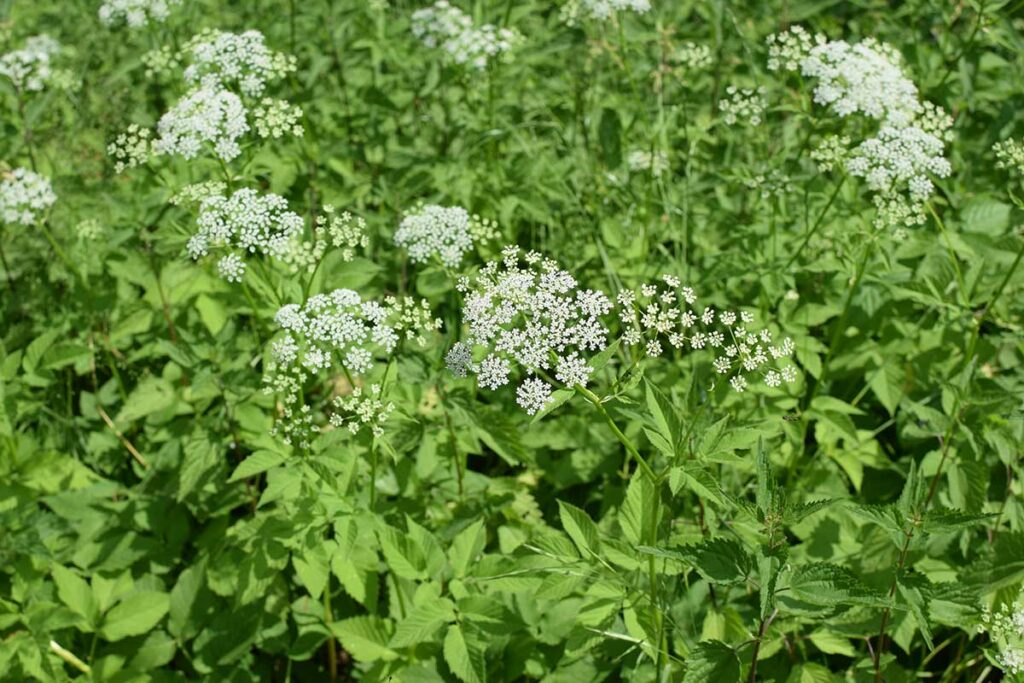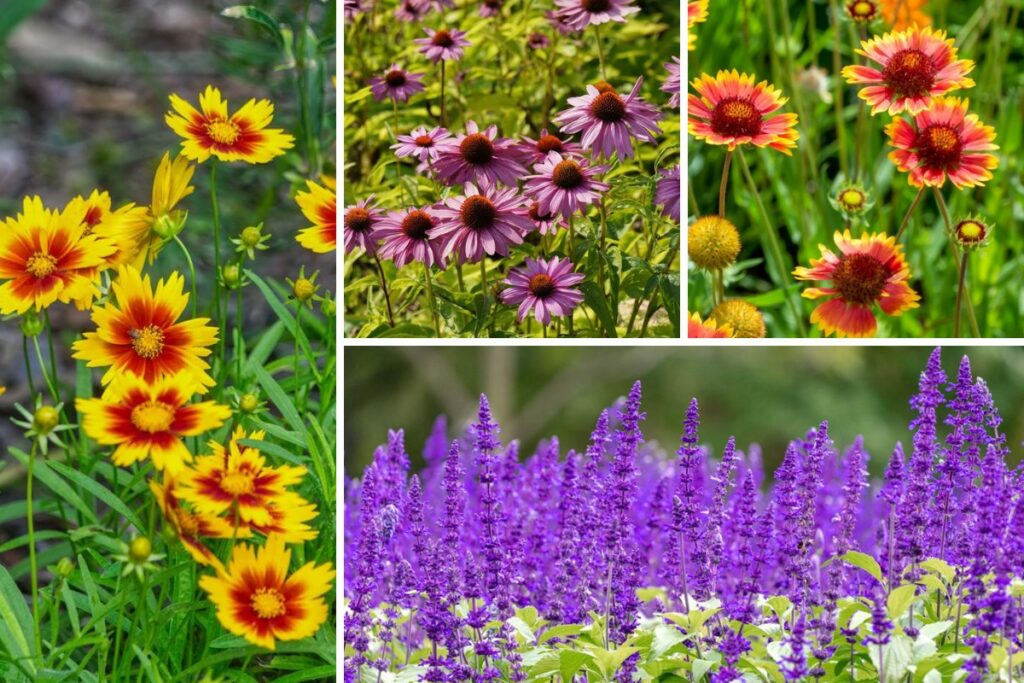
As a bluebird lover, you’re always looking for ways to make your garden more attractive to these beautiful birds. You might already have a birdhouse, but have you considered planting specific flowers and plants to help entice them to your yard?
Bluebirds are not only visually stunning, but they also help control insect populations, making them perfect garden companions.
Introducing plants that produce berries or provide shelter can significantly increase the likelihood of spotting bluebirds in your garden. In this article, we’ll discuss ten plants that are known to attract these vibrant feathered friends.
Not only will these plants bring bluebirds to your yard, but they’ll also enhance the overall beauty of your garden.
With a little planning and effort, you can create a vibrant, thriving garden that both you and your bluebird neighbors can enjoy.
As you follow along and learn about these ten plants, think about how you can incorporate them into your garden design to create a space that welcomes bluebirds year-round.
Creating a Bluebird-Friendly Habitat
Natural Nesting Sites
To create a bluebird-friendly habitat in your garden, start by providing natural nesting sites. Bluebirds are cavity nesters, which means they require a protective space to build their nests. You can place nest boxes throughout your yard to encourage them to take up residence.
Make sure the nest boxes are mounted at least 5 feet above the ground and face east, if possible, to protect them from predators and direct sunlight.
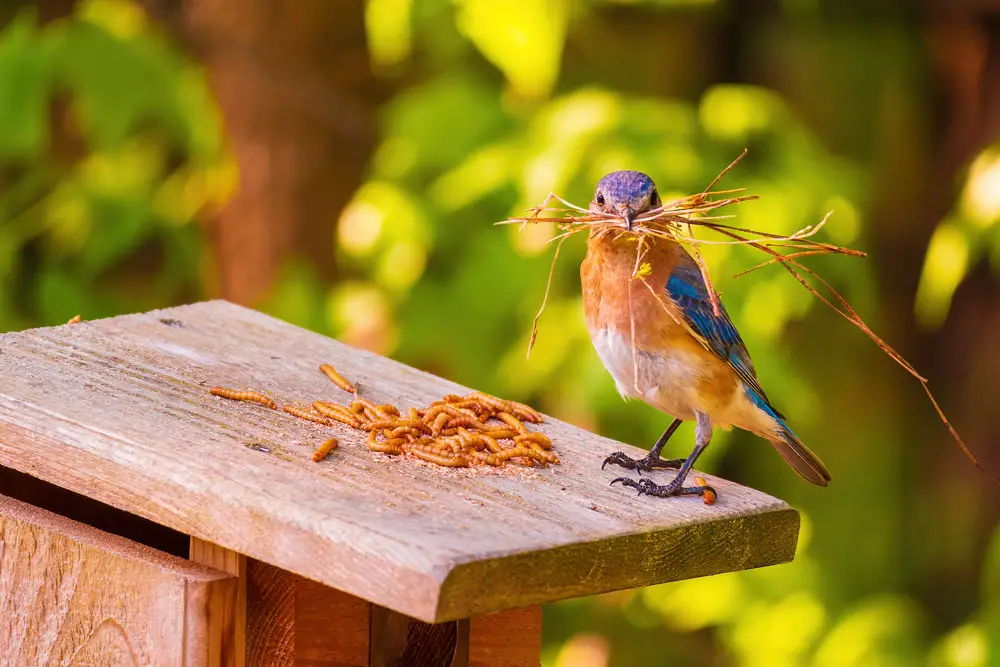
In addition to nest boxes, you can also create natural cavities by installing snags – dead or dying trees that provide crucial habitat for wildlife. Bluebirds favor snags with soft wood, such as cottonwood or alder trees.
Keep these trees upright and partially trim the branches to create an attractive nesting spot.
Plant Requirements
Bluebirds are attracted to a variety of plants that offer food, shelter, and nesting sites. Here are a few plants to incorporate into your garden:
- Native berry-producing shrubs: Bluebirds feed on insects and berries. Planting native shrubs like serviceberries (Amelanchier), elderberries (Sambucus), and dogwoods (Cornus) provides a delicious food source for them.
- Evergreen trees: Providing cover during cold winter months is essential for bluebirds. Plant evergreen trees such as pines (Pinus), spruces (Picea), and cedars (Cedrus) for bluebirds to take refuge in during harsh weather.
- Grasses and wildflowers: Bluebirds forage on the ground for insects, so keep an area of your garden with native grasses and wildflowers, which will naturally attract a variety of bugs for them to feed on.
Remember to avoid using pesticides in your garden, as they can harm both bluebirds and their food sources. By planting these bird-friendly plants and providing nesting sites, you’ll create an inviting habitat that may attract bluebirds to your garden. Happy gardening!
10 Plants That Attract Bluebirds
Dogwood
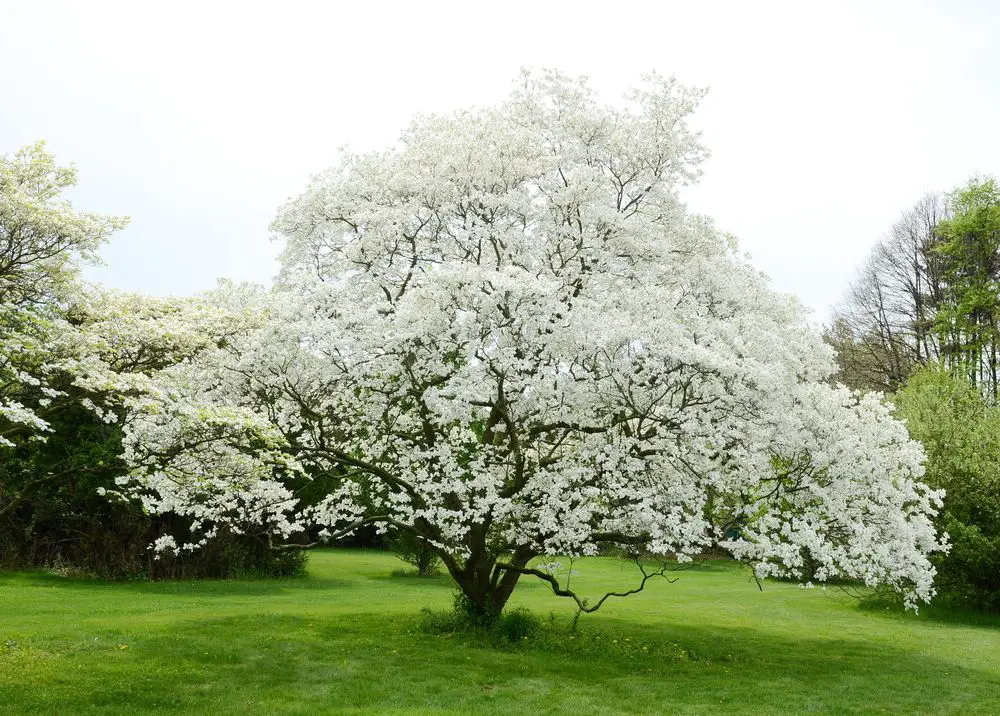
Dogwood trees are a great option to attract bluebirds to your backyard. With their showy white or pink flowers in the spring, they’re not only beautiful but provide a generous amount of berries later in the season. Planting a dogwood tree near your home will give you a front-row seat to the bluebirds as they enjoy these tasty berries.
Holly
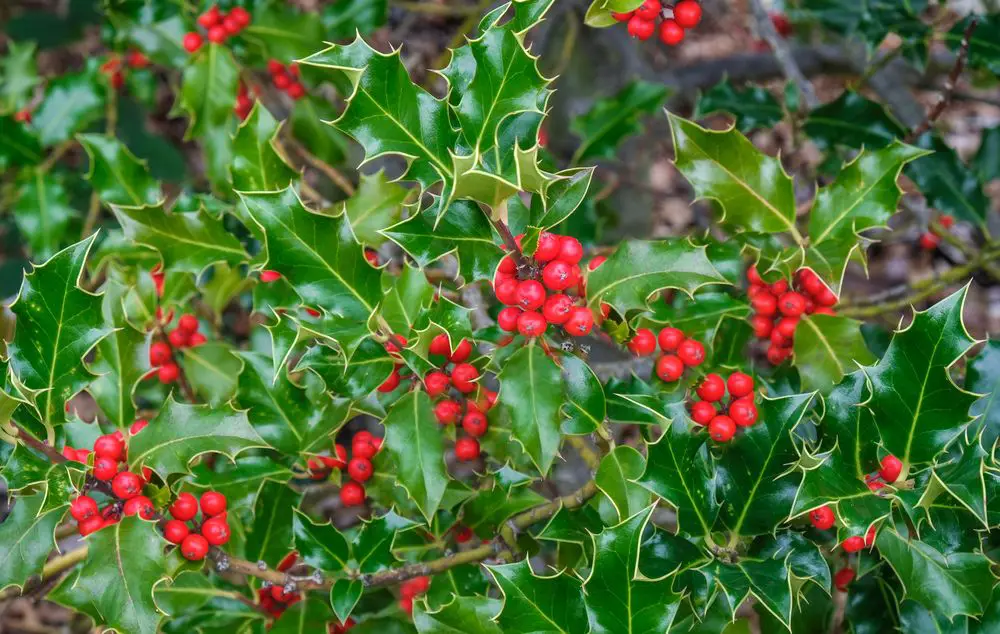
Holly bushes also produce berries that bluebirds love. These evergreen shrubs not only offer food but also provide shelter for bluebirds during the colder months. Your bluebird friends will appreciate having a safe haven with holly bushes nearby.
Eastern Red Cedar
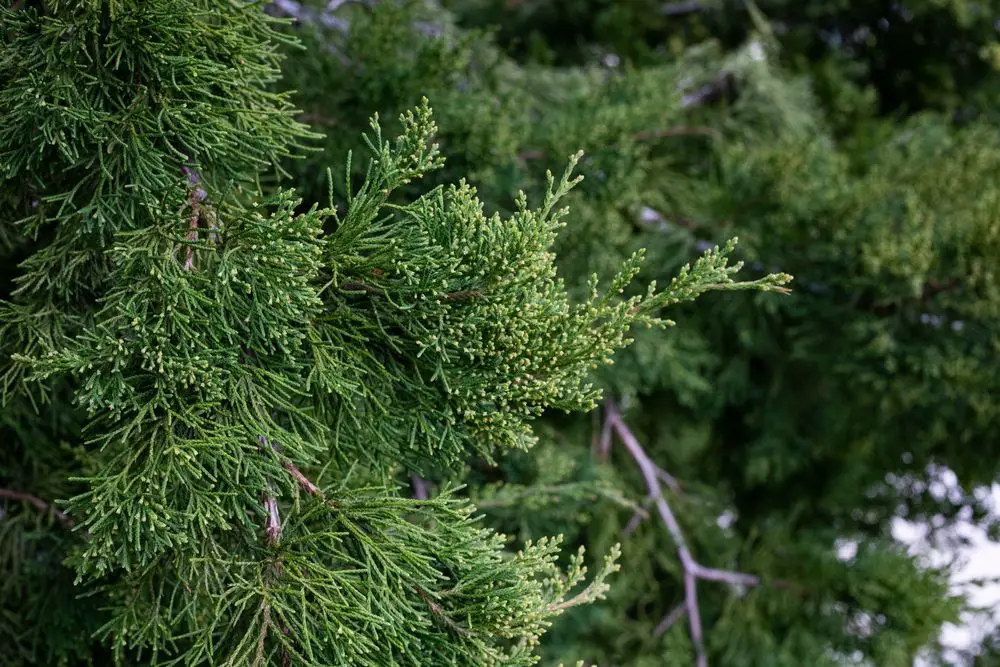
Eastern Red Cedar is another plant that is known for attracting bluebirds. These trees produce a good amount of berries that bluebirds find irresistible. Moreover, they also provide shelter and nesting spots, making it an excellent choice for your garden.
Serviceberry
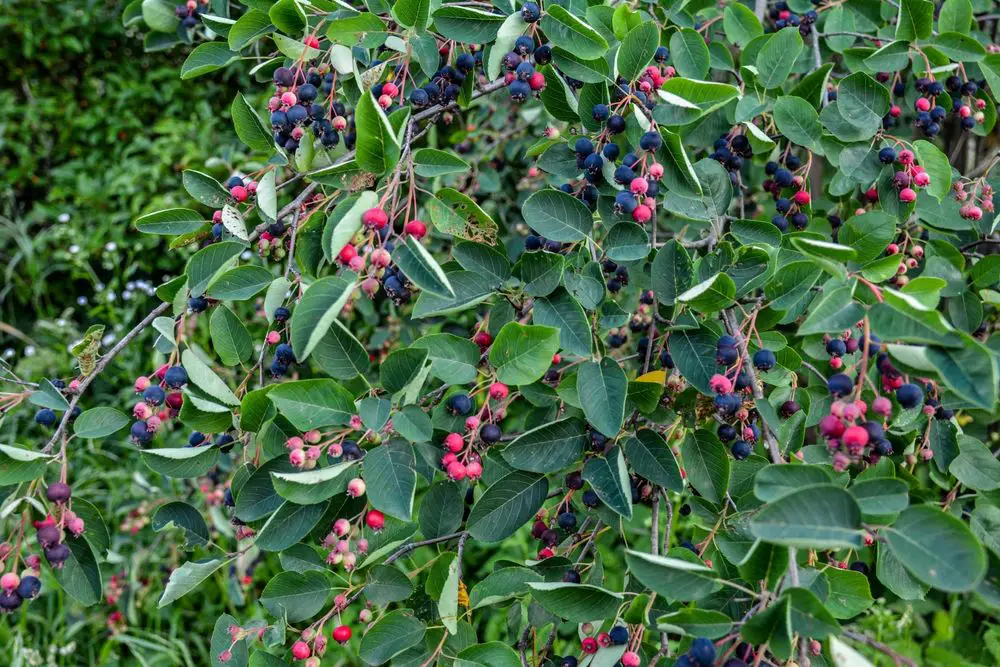
Serviceberry, also known as Shadbush or Shadblow, is a small tree or shrub that produces sweet berries in early summer. Bluebirds and other bird species are drawn to the serviceberry’s fruit, so planting one in your yard is sure to bring the lovely blue feathered visitors.
Hawthorn
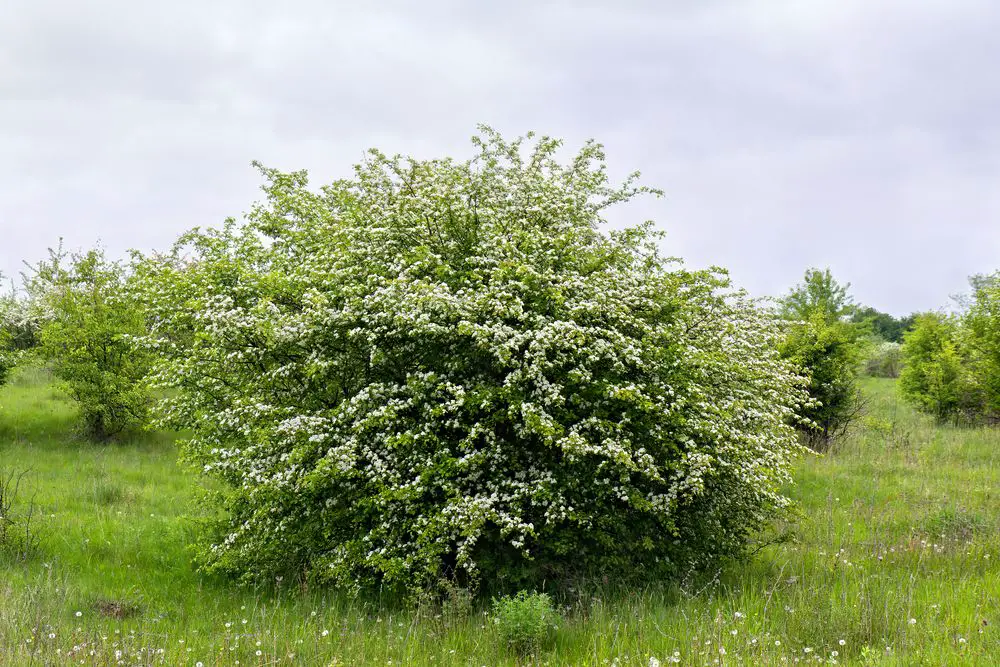
Hawthorn trees are another bird-friendly plant. They produce small red berries that many birds, including bluebirds, like to eat. The sharp thorns on hawthorns also serve as a deterrent to potential predators, making it a secure habitat for bluebirds to dine and rest.
Chokeberry
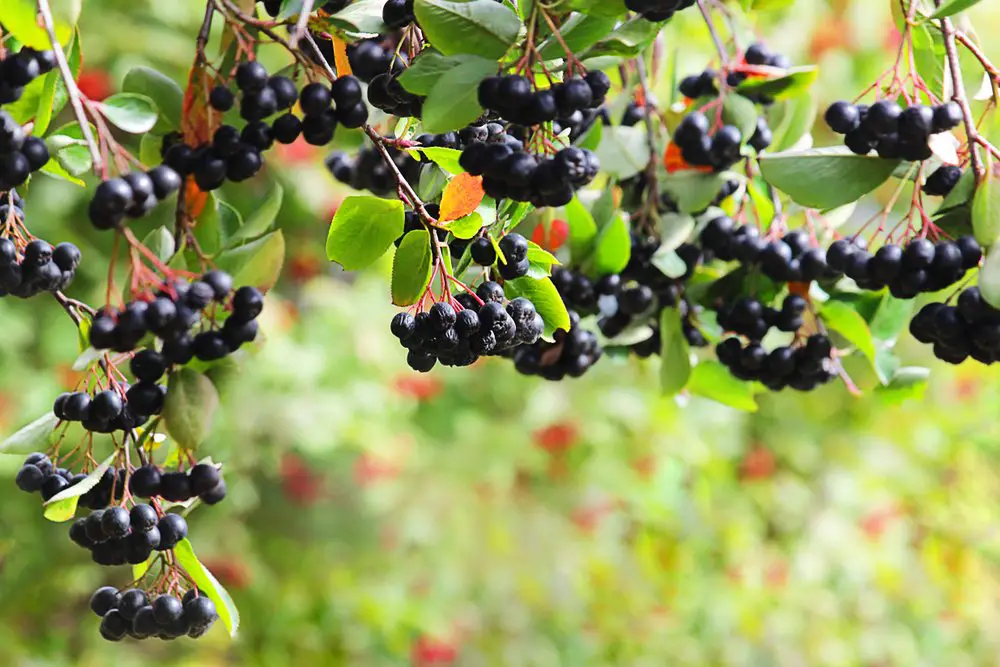
Chokeberry bushes are a fantastic source of food for bluebirds, as they produce clusters of reddish-purple berries. These small shrubs are easy to incorporate into your landscaping and provide a valuable addition to your bird-friendly garden.
Elderberry
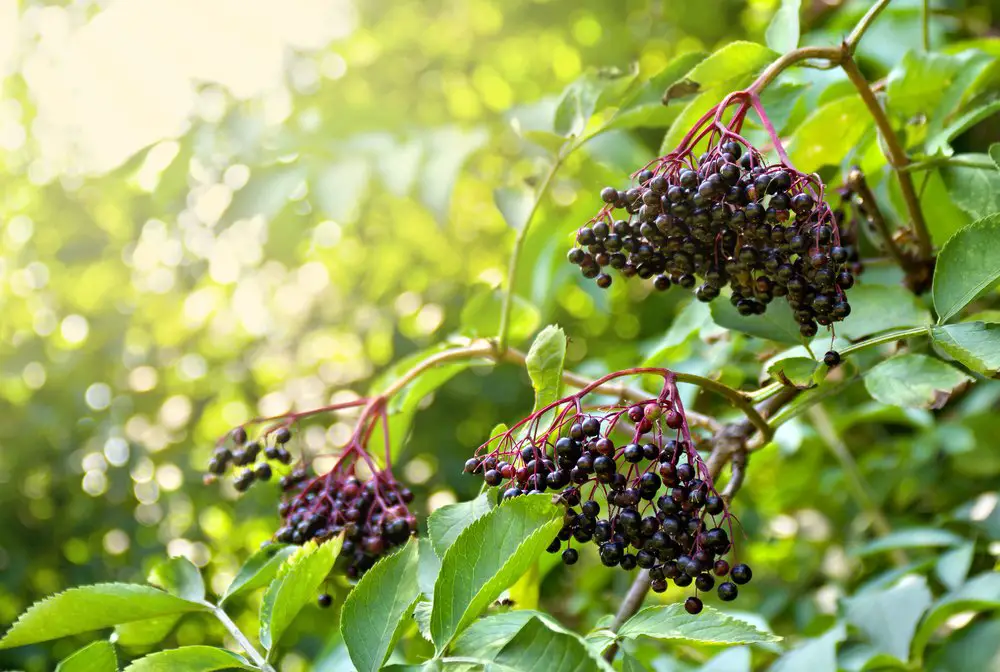
Elderberries are a favorite of bluebirds, with their small black berries providing a nutritious and delicious resource. These shrubs can be planted throughout your garden, offering both a visual treat and tasty berries to attract your blue-feathered friends.
Mulberry
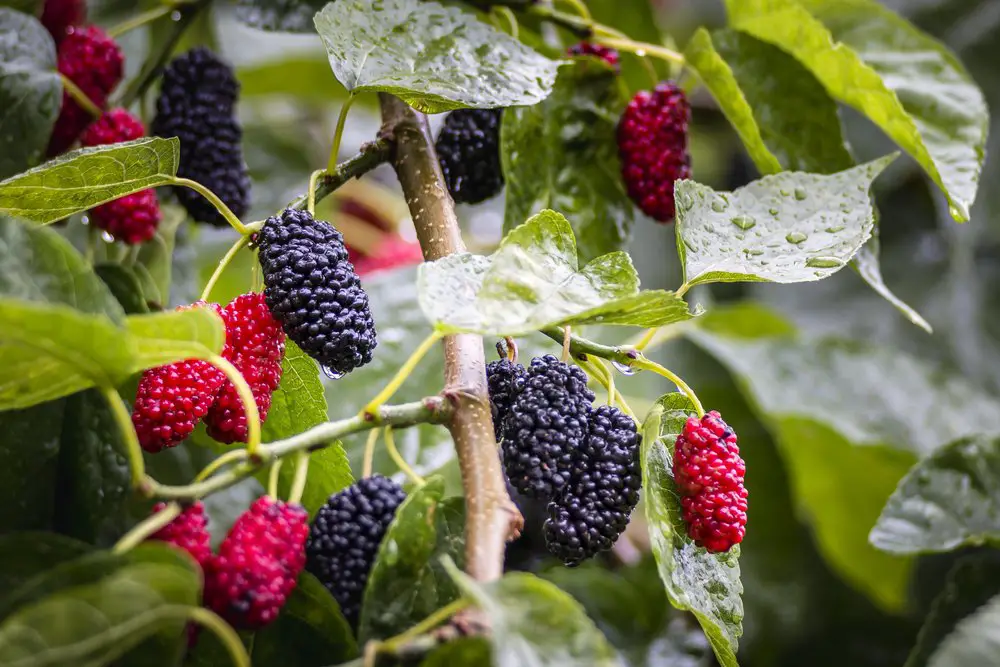
Mulberry trees produce a copious amount of fruit that is irresistible to bluebirds. Planting a mulberry tree is a surefire way to lure these birds into your yard, providing them with an ample food source and an appealing attraction for bird-watchers.
Virginia Creeper
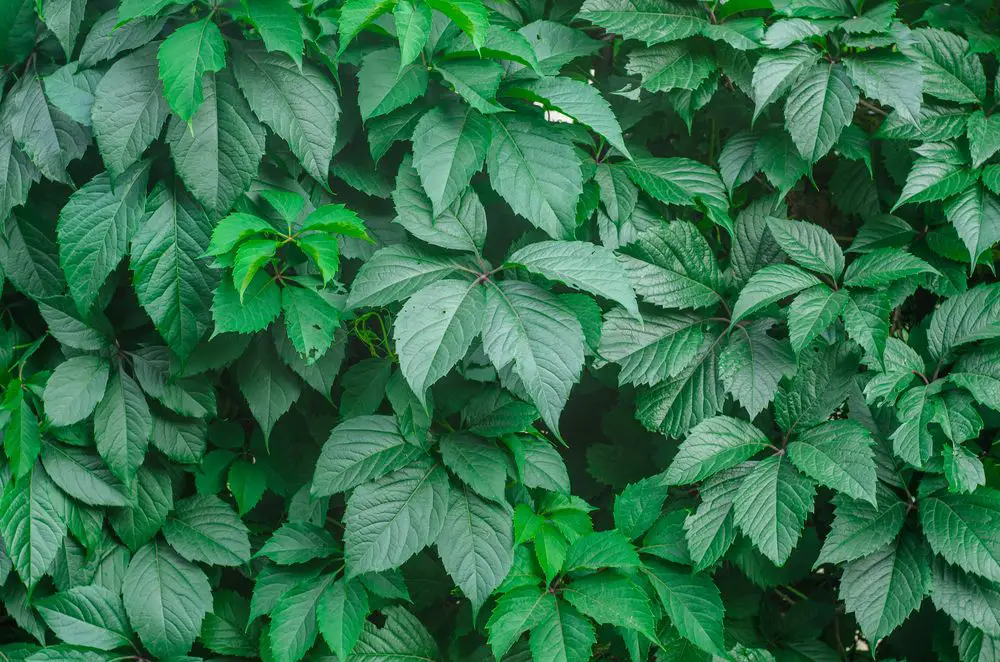
Virginia Creeper is a climbing vine that can cover fences and walls, offering not only a lush, green backdrop but also a rich food source for bluebirds. The vine’s small, dark berries appear in the fall and are beloved by these songbirds.
Blueberry
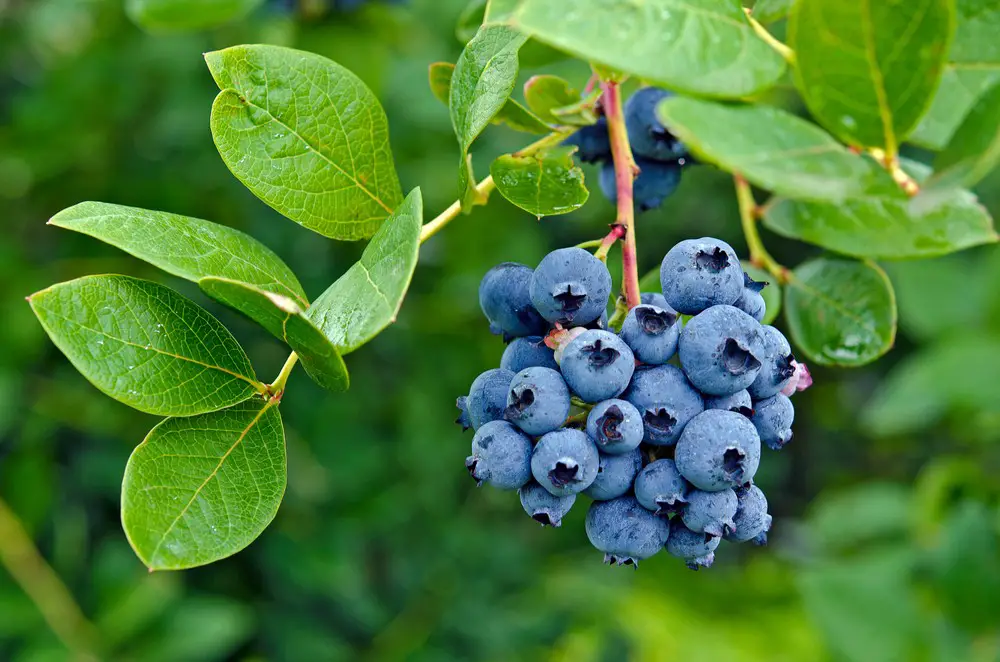
Finally, blueberry bushes are a fantastic addition to any bird-friendly garden. They not only offer tasty fruit for both you and the bluebirds but also provide shelter and nesting sites for these popular birds. Planting several varieties of blueberry bushes will keep your feathered friends well-fed and happy in your yard.

